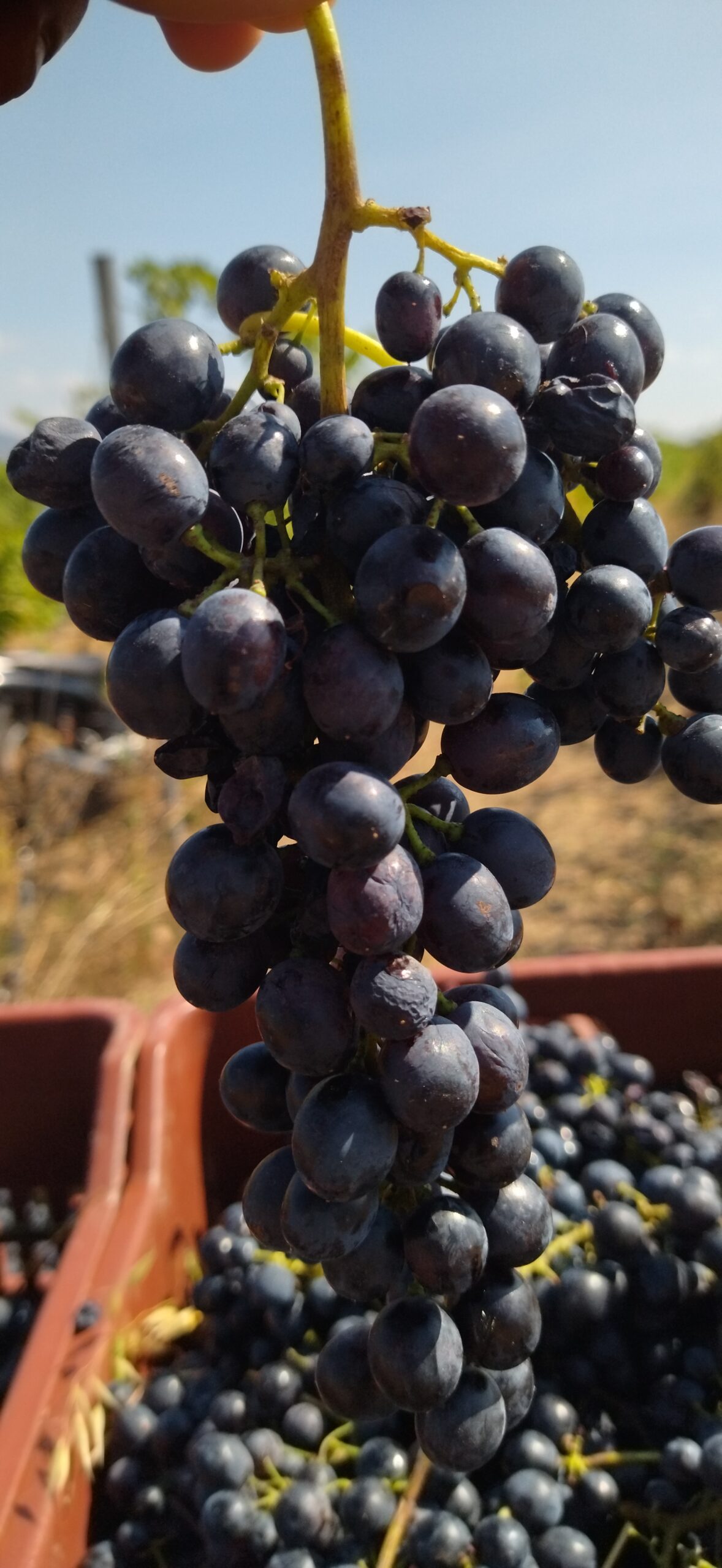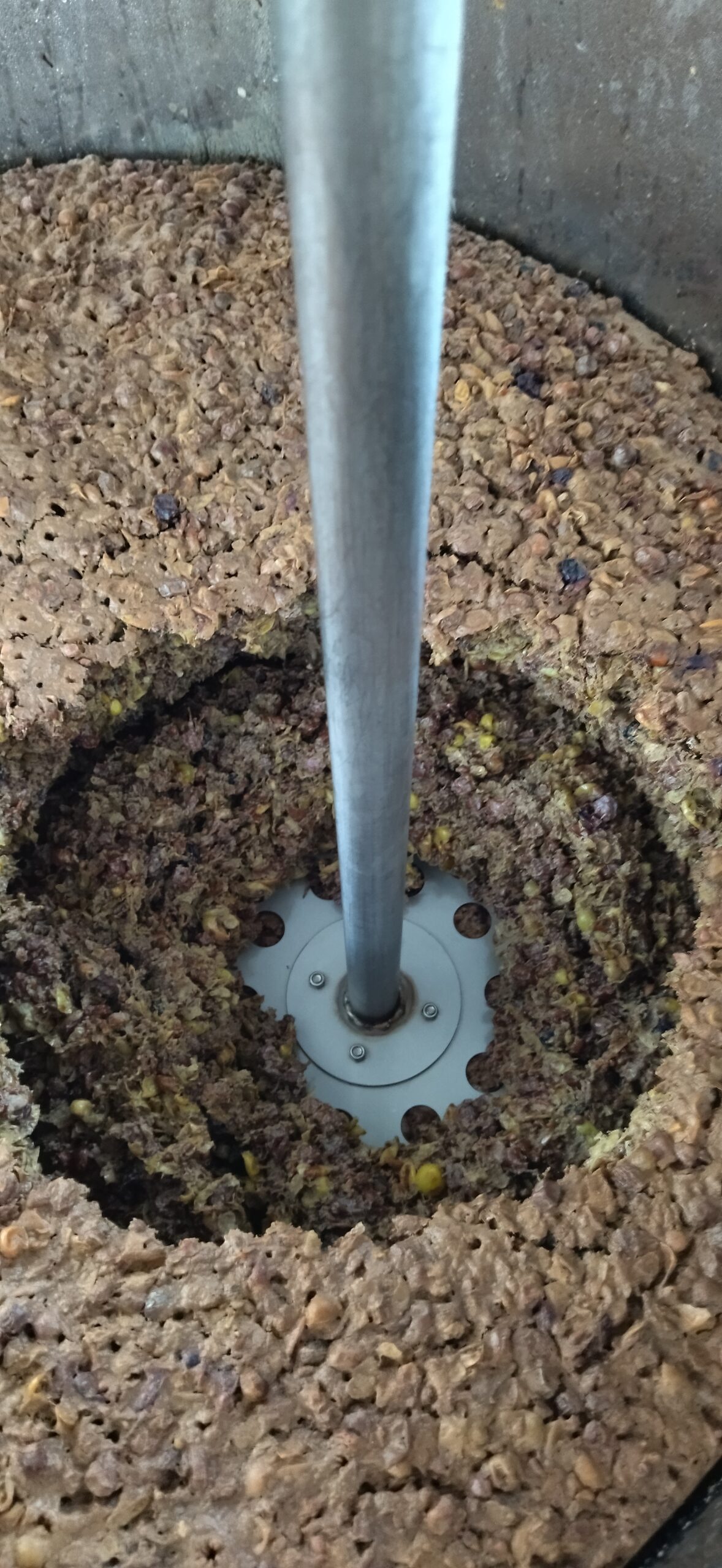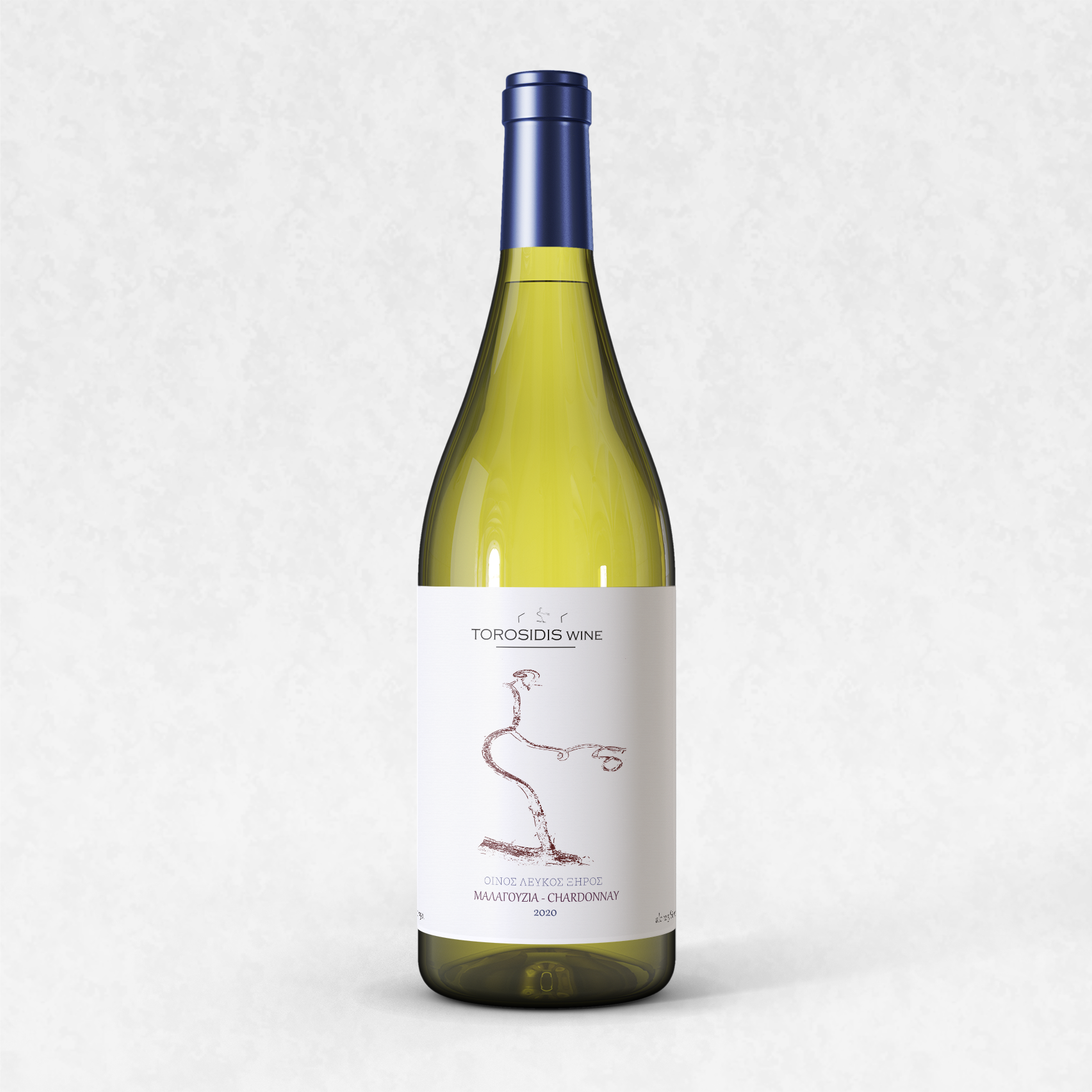
Winemaking techniques to improve phenolic content extraction
Written by torosidiswine
Temperature
It has been found that higher temperatures during alcoholic fermentation increase the extraction of phenolic components. Wines from the varieties Pinot noir and Cabernet sauvignon had greater color intensity as the temperature of alcoholic fermentation increased from 11.8 C, 21.3 C and 26.9 C (Ough and Amerine 1961). The increased extraction of phenolic components at elevated temperatures of alcoholic fermentation is attributed to the increased permeability of hypodermic cells, which favors the release of anthocyanins while favoring the solubility of the remaining phenolic components in wine. The increase in polymerized pigments appears to be due more to increased extraction of tannins than anthocyanins, as anthocyanin levels fall early in alcoholic fermentation. If there are not sufficient amounts of tannins at the beginning of alcoholic fermentation to bind anthocyanins, then the polymerized pigments in the final wine will be fewer. Sulfurous Anhydride At the usual concentrations of sulfurous anhydride and temperatures used during red vinification, sulfurous anhydride does not dramatically affect the extraction of phenolic components. It has long been found that increasing levels of sulphur dioxide affected extraction in the Pinot noir variety at 11.8 C, but not at 21.3 C or 26.9 C (Ough and Amerine 1961). Heatherbell et al. (1996) also observed increased extraction at higher sulfur dioxide concentrations at lower alcoholic fermentation temperatures in cryoextraction tests. Beyond any influence it may have on the extraction of phenolic components, sulfurous anhydride affects the color of wine by reversibly discoloring anthocyanins (Jurd 1964). It has also been found that sulfur dioxide can discolor polymerized pigments, but to a lesser extent (Bakker et al. 1986)
Cryoextraction
During cryoextraction the must is kept at low temperatures, usually 10 to 15 C, for a few days before the start of alcoholic fermentation on the grounds that this extraction in an aqueous environment improves the color of the wine. Given the influence of alcohol and temperature on the extraction of anthocyanins and tannins, no particular improvement in their extraction is expected. Even if cryoextraction caused anthocyanins to increase, it is not expected to cause an increase in the formation of polymerized pigments, which are necessary to preserve color over time. As cryoextraction is reported to have little influence on the phenolic content of the final wine, cooling the must before alcoholic fermentation may have a better effect. Cooling results in the rupture of grape cells, the destruction of cell membranes and eventually the release of anthocyanin contents. The use of dry ice for this purpose additionally offers the advantage that as the must freezes, it protects it at the same time from oxidation Thermovinification Although there are many variations of the method, it basically involves heating the grapes to 60 to 70 C for a short time, followed by pressure, cooling and fermentation. Heat destroys the membranes of hypodermic cells by releasing anthocyanins. The heat also inactivates phenol oxidase, resulting in protection against browning. As there is no alcohol during the heating of the grape mass, no increase in the extraction of tannins is expected. Indeed, it has been reported that thermovinification improves color (anthocyanins) but the final phenolic content is lower compared to classical red winemaking (Auw et al. 1996).
Finally, it was found that the winemaking techniques that positively affect the phenolic content in the final wine are:
- The winemaking temperature
- Thermovinification
- The cooling of must
- Bleeding
- The addition of pectinolytic enzymes
- Prolonged extraction after completion of alcoholic fermentation.
Carbonic Maceration
During vinification in a CO2 atmosphere, whole rails or grapes are kept in a carbon dioxide atmosphere. In these conditions, with the activity of glycolytic enzymes found in grapes, partial fermentation occurs (Flanzy 1935). After a certain period of time, usually one to two weeks, the grapes are pressed, the resulting juice is inoculated with selected yeasts in order to complete the alcoholic fermentation. The method is usually used to produce light, fruity wines intended to be consumed young. It is difficult to draw general conclusions about the influence of this technique (maceration carbonic) on the phenolic content of the produced wine as there are conflicting results depending on the variety considered.
Juice removal before fermentation – “Bleeding” – Prefermentation Juice Run off – saignée
In this technique, known as saignée, juice is removed before alcoholic fermentation in order to increase the ratio of husks to juice. As anthocyanins and tannins extracted during alcoholic fermentation are found in the husks and seeds, by applying this technique theoretically, their concentration will be increased in the final wine.
Pectinolytic enzymes.
Pectinolytic enzymes were used to try to optimize the color of wine as they degrade the cell walls of the cortices, releasing the pigments contained. The purity of the preparation used is crucial as if beta-glucosidases are contained, anthocyanins may be converted to less stable non-glycosylated molecules resulting in loss of color. The use of enzymes generally increases the amount of final juice. There are many papers that result in the increase of final color with the use of these enzymes (Ducruet et al. 1997).
Breaking the Hat Pump-Overs and Punch-Downs
During red vinification, the release of CO2 pushes the solid components of the must to the top of the fermentation tank, causing the hat to form. The formation of the hat exerts a negative influence in two ways. Increase the temperature and at the same time reduce the contact of the juice with the husks. To reverse the conditions formed by the formation of the hat, we recycle the juice with the marc several times a day. We achieve this either by pressing down the hat or by spraying the juice over the hat with the help of a pump.
Extraction time
The technique in which the extraction time is lengthened prolongs the contact of the juice with the husks after completion of alcoholic fermentation. It is based on the extraction properties of anthocyanins and tannins and is expected to increase the content of tannins rather than anthocyanins. It is generally claimed that this increases the extraction of tannins from husks and seeds.
Dough Selection
The possibility that the phenolic content of red wines is affected by the choice of yeast attracted considerable interest. It was found that lees can absorb anthocyanins (VasEffect serot et al. 1997, Morata et al. 2003). The interaction of tannins and manoproteins from different yeasts was also examined. It was found that the addition of manoproteins from a specific yeast resulted in greater concentration of anthocyanins – tannins, affecting the taste characteristics of the wine (Escot et al. 2001).
Finally, it was found that the winemaking techniques that positively affect the phenolic content in the final wine are:
- The winemaking temperature
- Thermovinification
- The cooling of must
- Bleeding
- The addition of pectinolytic enzymes
- Prolonged extraction after completion of alcoholic fermentation.
Sulphur dioxide and cryoextraction cause a small increase, but this is not sustained over time. While fermentation in CO2 environment, the choice of yeast and the must recycling practices used show varying results in terms of phenolic content which depend mainly on the variety.
Πηγή : Karna L. Sacchi, Linda F. Bisson, and Douglas O. Adams, 2005. A Review of the Effect of Winemaking Techniques on Phenolic Extraction in Red Wines. Am. J. Enol. Vitic. 56:3 (2005)

Our Wines
Shop

Related Articles
Related
Compulsory declarations of wine sector
All operators active in wine production, bottling of wine products, marketing of wine products before the wine-making stage and marketing of bottled wines, with the exception of retail businesses, must register in the register of enterprises in the wine sector....
Wine instability. Protein haze
Nitrogen compounds in wine include proteins. Proteins contribute significantly to the concentration of nitrogen not digestible by yeasts in must and wine. They are the most common cause of clouding in white wines. Protein blurring is a problem of serious economic...
Nitrogen vineyard nutrition affects yeast assimilable nitrogen
The addition of nitrogen to vine plants increases the concentration of nitrogen in the rail. Many components of the rail that contribute to the taste and aroma of wine are affected by the addition of nitrogen directly or indirectly. Thus, changes in the concentration...
